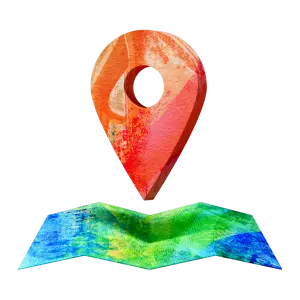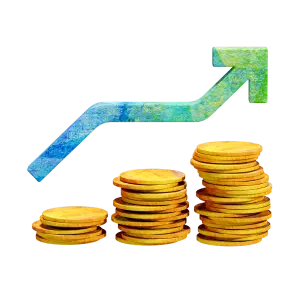Baht Thái (THB)
Đồng baht Thái là đồng tiền của Thái Lan. Mã tiền tệ của đồng tiền này là THB, nó cũng được ký hiệu bằng ฿. Đồng baht là đồng tiền được sử dụng nhiều thứ mười trên thế giới, và là một trong những đồng tiền mạnh nhất ở Đông Nam Á. Đồng baht Thái thường được giao dịch nhiều nhất với đồng euro. Đồng baht Thái có 6 hàng số chuyển đổi tiền tệ có nghĩa. Đồng tiền này được coi là một loại tiền pháp định.
Tên loại tiền tệ
Baht Thái
Ký hiệu tiền tệ
฿
Tỷ giá chuyển đổi THB
Hãy cẩn thận với tỷ giá chuyển đổi bất hợp lý.Ngân hàng và các nhà cung cấp dịch vụ truyền thống thường có phụ phí mà họ tính cho bạn bằng cách áp dụng chênh lệch cho tỷ giá chuyển đổi. Công nghệ thông minh của chúng tôi giúp chúng tôi làm việc hiệu quả hơn – đảm bảo bạn có một tỷ giá hợp lý. Luôn luôn là vậy.
| Tên | Baht Thái (THB) |
|---|---|
| Symbol | ฿ |
| Minor Unit | Satang |
| Minor Unit Symbol | สตางค์ |
| Notes Freq Used | ฿20, ฿50, ฿100, ฿500, ฿1000 |
| Coins Freq Used | ฿1, ฿2, ฿5, ฿10 |
| Central Bank | Bank of Thailand |
| Users | Thailand, Laos, Cambodia, Myanmar |
Facts Table for Baht Thái (THB)
Currency evolution in Thailand traces back to the Rattankosin era, marking the official issuance of standardised factory-made coins and banknotes. Paper money made its debut in 1853 through royal promissory notes, followed by banknotes from foreign banks. The year 1857 saw Thailand acquiring its inaugural minting machine, initiating the minting of Thai silver coins. Streamlining coinage occurred in 1897, condensing the 11 denominations into two—satang and baht—under a decimalized silver standard system.
Thai Baht and International Currencies
The Thai Baht was initially pegged to the British Pound at a fixed rate of 8 TBH to 1 GBP until 1880. Subsequently, this rate underwent several adjustments, linking the Baht to the Japanese Yen at par during World War II. Post-war, it was pegged at 20.8 Baht per 1 US Dollar, transitioning to 20 Baht per US Dollar in 1978 and then to 25 Baht in 1984.
A financial crisis struck Thailand in 1997, causing a 50% devaluation of the Baht and compelling the adoption of a floating exchange rate system. Following this economic collapse, the Thai Baht eventually stabilised.

Thai Baht Modern History
Despite its official use limited to Thailand, the Thai Baht is informally utilised in Laos, Cambodia, and Myanmar.
On December 19, 2006, the Bank of Thailand implemented exchange controls that led to substantial differences between offshore and onshore exchange rates, resulting in spreads of up to 10 percent between these markets. However, these controls were largely lifted by March 3, 2008, erasing significant disparities between offshore and onshore exchange rates.